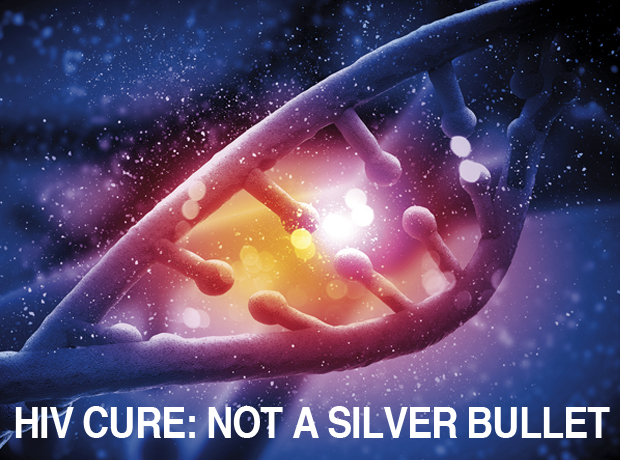HIV Media Guide
Information for journalists
What are the symptoms of HIV?
People who don’t test regularly for HIV may not be aware they have contracted the virus for many years, because apart from early flu-like symptoms for a few weeks after infection, HIV can be asymptomatic for a long period. This has major implications for HIV transmission, because the virus is highly infectious during the early, asymptomatic stage of infection.
Seroconversion usually occurs between one and six weeks after initial infection with HIV. ‘Seroconversion’ refers to the development of antibodies to HIV. It is at this point some people develop flu-like symptoms, such as with fever, rash, joint pains and enlarged lymph nodes. This is also known as a seroconversion illness or ‘acute retroviral syndrome’.
Although the presence of such symptoms may indicate the need for a person to be tested for HIV, HIV cannot be diagnosed by symptoms; symptoms may not be present or the symptoms experienced may relate to other conditions.
The only way to determine whether HIV is present in a person’s body is by testing for HIV antibodies or for HIV itself. However, there is a period of time after infection during which a person who has been infected with HIV will not test positive. This is called the “window period.”
Stages of infection
Untreated, HIV generally causes progressive deterioration of the immune system, and increased susceptibility to infections leading to illness. The four stages of HIV are defined on the basis of certain signs, symptoms, infections and cancers, grouped by the World Health Organization (WHO). The stages are:
STAGE 1: Primary infection
This stage lasts for a few weeks, often accompanied by flu-like symptoms.
STAGE 2: Clinically asymptomatic stage
This stage lasts for an average of ten years and, as its name suggests, is free from major symptoms, although there may be swollen glands.
STAGE 3: Symptomatic HIV infection
Over time the immune system becomes severely damaged by HIV.
STAGE 4: Progression from HIV to AIDS
As the immune system becomes more and more damaged the individual may develop increasingly severe opportunistic infections and cancers, leading eventually to an AIDS diagnosis.





